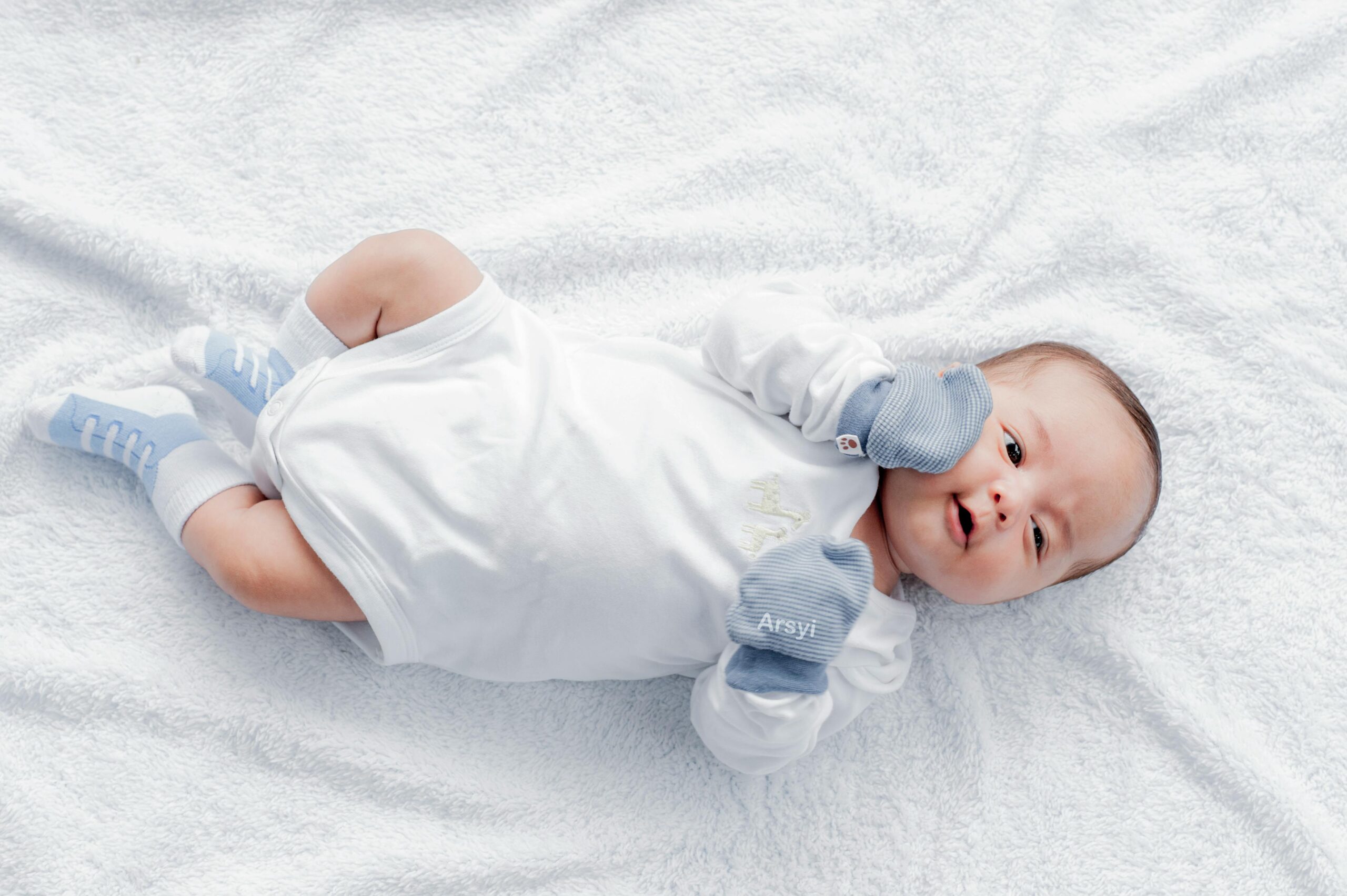Whether it's the Paw-Patrol Advent Calendar, the Millennium Falcon from
Lego Star Wars, or the Frozen Castle, the licensed toys business is a
million-dollar hit. This year, licensed products were worth 20% of the
total German toy market. In 2007, it was 16%. According to market
research institute the npd group, Batman, Cars, Ghostbusters, Fireman
Sam, and Trolls are currently very successful licensing themes.

For the corporations, licensed toys are important profit drivers. In
2016, Hasbro's sales in the “girls” category soared by 50% to 1.19
billion dollars thanks to products based around Disney Princess, Disney
Frozen, and Dreamworks Trolls. The Walt Disney Company is the leading
licensor worldwide. According to License Global, the group received
$56.6 billion in 2016 in licensed merchandise across all product
categories. That's a plus of 4.1 billion euros, which was also due to
strong themes such as Star Wars, Finding Dorie, Captain America, and the
Jungle Book.
Companies keep quiet about licensing costs. With
MasterToy licenses, a company can sell a brand across all product
groups. Depending on the theme, this permission can cost hundreds of
millions of dollars. A sub-license authorises the marketing of certain
product groups, such as toy cars, T-shirts, or puzzles. It's a
profitable business. Euromonitor International estimates the worldwide
turnover in licensed toys to be around $21 billion, and forecasts growth
of 14% by 2020.
The German licensing market has some special
features: According to Euromonitor, customers are more reluctant when it
comes to licensed toys. It often takes longer here until a license
prevails. In addition, German parents often buy classic conservative
toys. That's why companies usually have to make greater efforts and
drive marketing campaigns to raise awareness of a theme. In the last
quarter of 2016, 15% of all TV advertising expenses (26 million euros)
were used to promote licensed toys. Compared to other countries, there
are not that many top sellers in Germany. But if a topic is successful,
then the German fans remain loyal to it for a long time, and the license
holders can generate sales over many years. An example is Bibi
Blocksberg. The little witch has been thrilling her fanbase for decades.
This year, Bibi & Tina was named License Theme of the Year by the
LIMA – Licensing Industry Merchandisers' Association.
So, there is
still room for improvement in the German license market. While licensed
toys make up one-fifth of total industry sales in this country, their
share in other European countries is around one-third. The Kids License
Monitor also points out that, according to research conducted in August
this year, the full potential of many licensed themes is not being
exploited. For example, 85% of the surveyed children like Ice Age, but
only 58% own an Ice Age product. Concerning a large proportion of the
licensed themes on the market, the experts conclude: “Although the
topics are extremely popular with children, this is not sufficiently
reflected in the number of licensed products that the children own.”
The
manufacturers want to change this situation, and to benefit more
strongly from the popularity of the licensed characters. More and more
companies are expanding or rebooting their license business. Lego has
long focused on licenses with kits around Star Wars, Cars, Disney
Princess, and so on. Shortly before the theatrical release of Star Wars:
The Last Jedi, the company released seven new Star Wars kits. With its
long-running Lego Ninjago, the group also profits in other segments.
Blue Ocean is the master publisher of the Danish Lego Group and
publishes the Lego Ninjago magazine, which was the number-one children's
magazine in the second quarter of 2017 with over 220,000 copies sold.
About CBME China
Held annually in Shanghai, CBME China is the world’s largest trade fair for child, baby and maternity products & services. This is the perfect venue for you to meet buyers, manufacturers, distributors and suppliers in the industry from all over the world.
Source: Luna Journal








